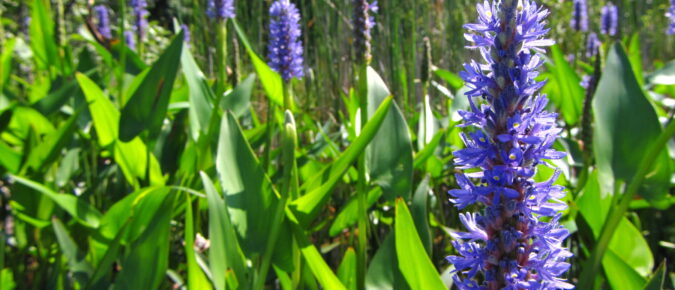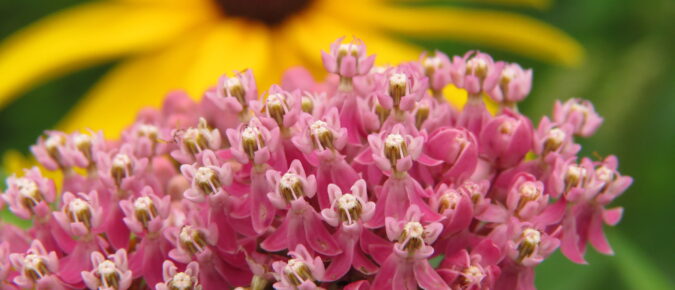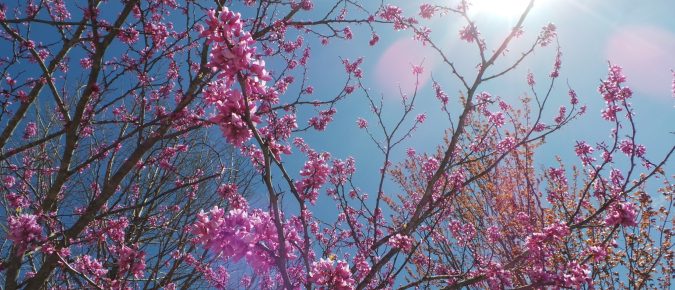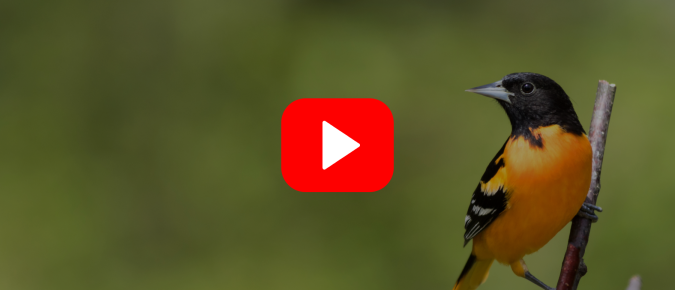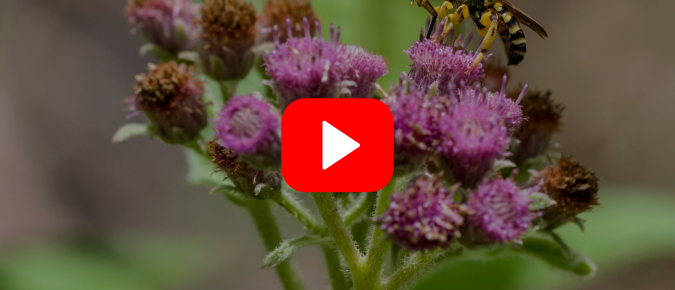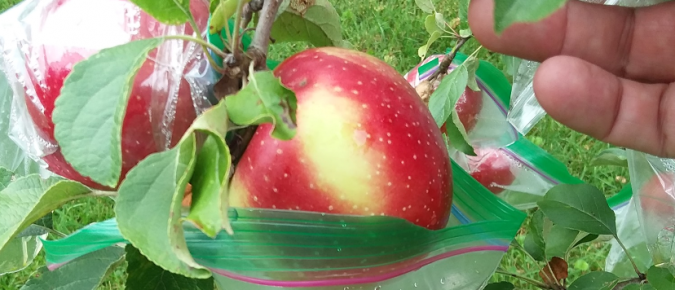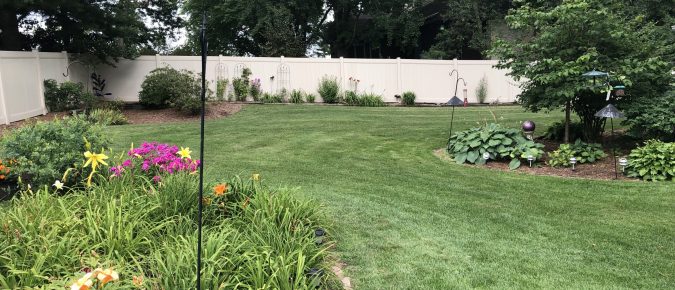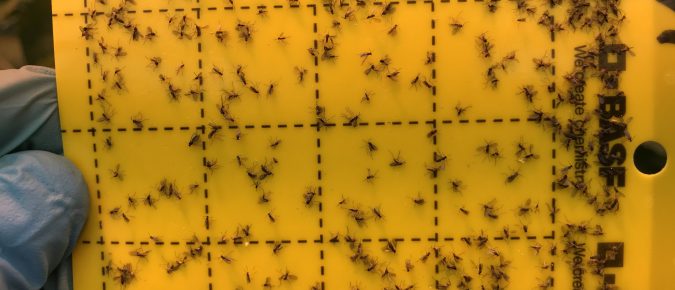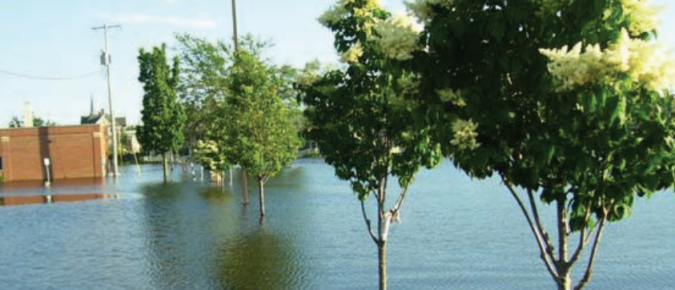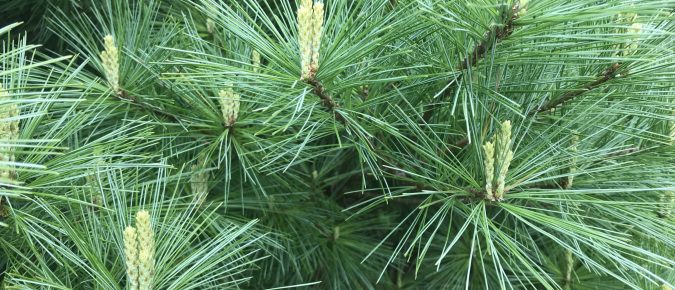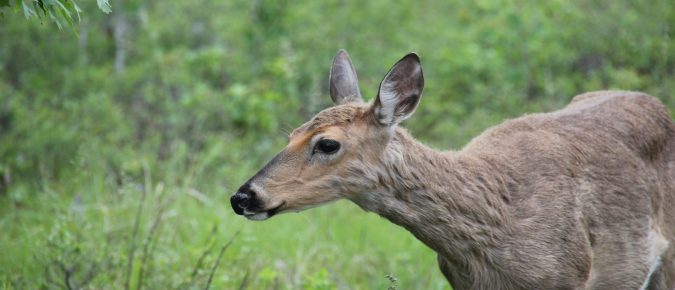Aquatic and wetland plants are great additions to your water gardens, ponds, and rain gardens to oxygenate the water, shelter and feed wildlife, provide beauty, and support pollinators. The plants we choose for rain gardens are also key to how it will function to reduce runoff. Over time, we have learned that many invasive plants introduced to our gardens impact native species by spreading into natural areas.
Flowers, grasses, and sedges are great additions to your gardens and home landscape to intercept and control dirty water, store and cycle carbon, promote healthy soil, shelter and feed wildlife, and provide pollinator support. Over time, we have learned that many plants introduced into our gardens can negatively impact native species by spreading into natural areas.
Have you heard about “No Mow May?” Many people have committed to not mowing their yards in May, allowing flowering plants to grow to help provide food for pollinators. Before you stow away your mower for May, let’s look at what options you can take to help pollinators this Spring.
In this video, you will learn what research studies have found about how pesticides affect pollinators and songbirds. You will also learn about what people have done to help in their yards and communities to aid pollinator health and habitats.
In this video, learn how to select and care for plants to attract and support diverse pollinators in your garden all season long. This presentation emphasizes native plants and pollinators and includes sustainable gardening practices.
Producing apples in home gardens can be challenging due to damage by insects and fungal diseases. One effective organic solution is placing developing fruit in bags. This factsheet describes the process.
The following lawn care calendar provides an overview of home lawn maintenance. Not all lawns require every maintenance activity. Be sure to customize the care of your lawn to its specific problems and needs.
Fungus gnats (Family Sciaridae) are insects commonly associated with overwatered houseplants. They can become a nuisance when they are present in large numbers and fly around inside a home. In most situations, fungus gnats are a cosmetic problem. However, on occasion, fungus gnat larvae can cause plant damage.
“How long will my plants survive with their roots under water?” This publication will help you answer that question.
Pruning can help control the size of an evergreen, direct growth, or maintain plant health and appearance. Learn how to prune evergreens in this factsheet.
If deer visit your property, before planting (or replanting), check out this list of trees, shrubs, flowers, herbs, and grasses that deer tend to avoid.
This article covers winter burn, a common problem of evergreens including those with broad leaves, needles and scale-like leaves grown in open, unprotected locations and exposed to severe winter conditions.

